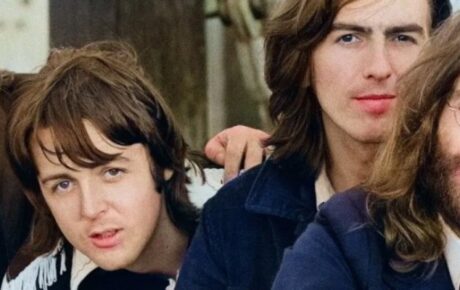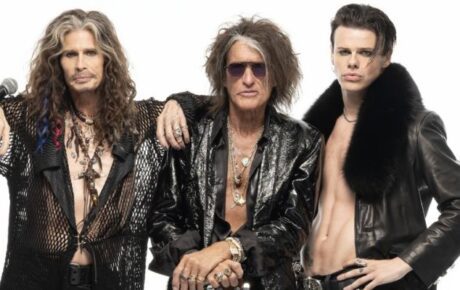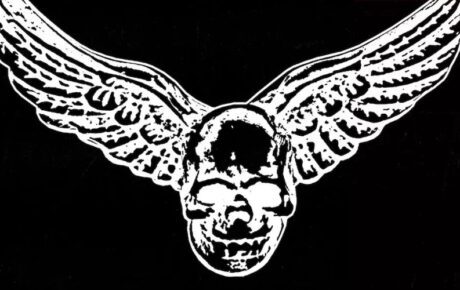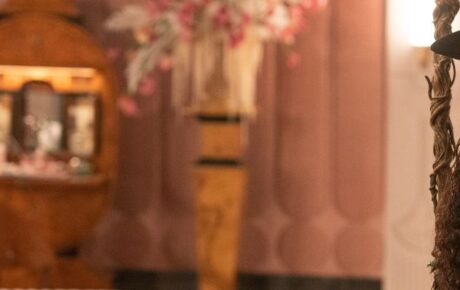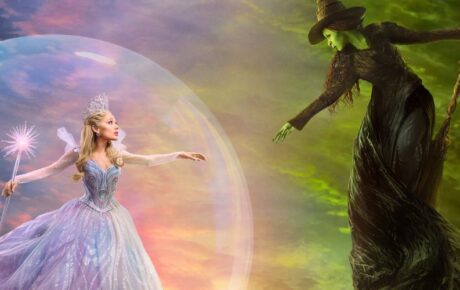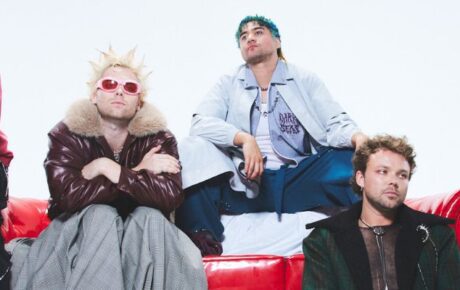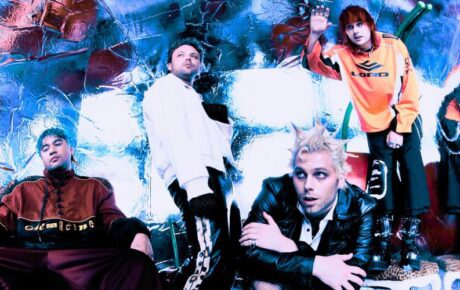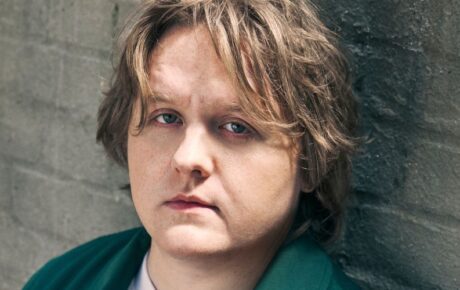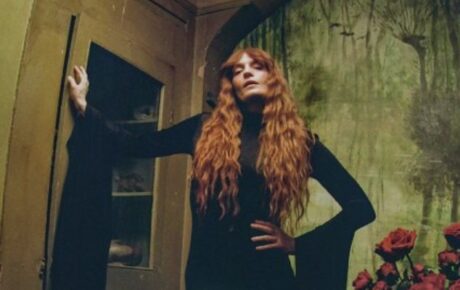Te Whare Tīwekaweka (The Messy House) may be Marlon Williams’ fourth studio album, but it’s his first full Māori language record. As one of the most beloved and inspiring musicians from Aotearoa, this milestone in his musical career couldn’t have arrived at a better time. It’s a major feat for Williams; it’s also a significant body of work for us Māori. Hailing from Lyttelton (Ōhinehou), Williams descends from Kāi Tahu through his mother’s side and Ngāi Tai through his father’s. Te Whare Tīwekaweka’s album artwork was created by Williams’ mother, Jenny Rendall, who had drawn the charcoal sketch whilst pregnant with Marlon. Williams describes the cover as depicting “a worldly slender man of business loping back home from afar in the night / it makes me think of the BFG trumpeting dreams into windows / the privilege of a relievable homesickness.”
View this post on Instagram
2025 is looking to be a busy year for Williams as he’s touring the album with both national and international legs and releasing a feature length documentary. With a role in the 2018 remake of A Star Is Born, Williams is no stranger to the big screen. However, this time he is the focus of the upcoming documentary Ngā Ao E Rua – Two Worlds, which follows Williams’ music and life journey spanning four years whilst creating Te Whare Tīwekaweka. Releasing in cinemas on the 1st of May, the documentary is a crucial piece of what has become Williams’ most humble yet important body of work to date.
With his 2022 album My Boy, Williams expanded on his abilities as a musician by exploring new sounds outside of what he’s been historically known for. Now, with the help of his dear friend and collaborator Kommi Tamati (Kāi Tahu, Te-Āti-Awa) and Williams’ touring band, his heart and focus is on the roots of his identity: Aotearoa, whānau, self – everything his messy house.
Opening the album with the A Capella ‘E Mawehe Ana Au’, Williams proves that instruments are not always necessary in order to hold his listeners’ attention to convey his words. Powerful and emotive, Williams begins the album with a vulnerable acknowledgment of where his mind is in regards to himself and his sense of feeling rootless within the world:
“E kore e rongorongo i a au te reo tohu, I te tāone nei, i te ao tūroa, I tenei ra, ia rā, ia rā, Whakawhārōrō nei (I cannot hear a guiding voice, In the town – in the whole world, Today and every day, I am utterly stretched).”
In ‘Kei Te Mārama’ Williams sings, “Ka haria atu aku mea, Waiho kī i te tepu ē, Haere ki te ako hītori (I’ve taken all my things, The keys are on the table, I’m off to study history).” With an album in full te reo Māori, and Williams seeking to reclaim his place in the messy house, the song could represent the reality of Williams’ immersion into his culture for the album-making process.
‘Aua Atu Rā’ was the first song written for the album and emphasises the sense of loneliness and darkness one can be possessed by in their life. Williams laments, “Ka mate au ki te moana mārie, Kāore ōku tūmanako, Kāore he aha nei (I will perish on the calm ocean, there is not a trace of hope, no – none at all),” and although the song speaks to a bleak feeling, the instrumentation feels hopeful and cheerful despite it all. The song’s music video sees Williams’ physical body in a therapy session – yet his mind is elsewhere, floating in water and feeling adrift from himself.
In ‘Me Uaua Kē’, we hear Williams sing of seeking adventure on a secluded island. With lyricism drenched in nostalgia and picturesque details of the land he yearns for reconnection with, Williams asks the navigational spirit Ngātoroirangi to help protect and warm his bones.
‘Korero Māori’, the album’s fifth song, is an upbeat and cheerful tune which sees Williams singing with infectious harmonisation and melody with a chorus of singers. The song’s line “I haere Māori atu, i hoki Māori mai ē (Māori you left, and Māori you returned),” beautifully summarises not only the song’s sentiments, but also the thesis of the album’s reckoning with two worlds. A tongue-and-cheek play on Williams’ identity both as an international star and human being, ‘Korero Māori’ reminds one to not over-think their belonging, because to speak (even plainly) with purpose is to belong. A relatable song for many of us Māori who sometimes feel disconnected.
’Ko Tēnā Ua’ is a delicate embrace about letting your guard down, reminding us that we don’t have to always be a mighty pou (pillar) – that being openly vulnerable when pained isn’t a weakness. ‘Whakameatia Mai’ is a guitar driven tune with a country twang reminiscent of Williams’ musical beginnings. Positive in both spirit and sound, the song sees Williams repeat the expression (and title) “Whakameatia mai (Let things happen to me),” in response to various states of the world and self. ’Ngā Ara Aroha’ describes the dizziness of moving through life in ways which can sometimes feel lonely and confusing; yet we may be over-complicating the simplicity of it all. Williams answers his own existential question: “Auē! Ehara i te mea hanga? (Auē! What is the nature of this thing?)” with “Koia nei koia nā, Ngā ara aroha (It is that indeed, the ways of love”).
’Huri Te Whenua’ is written by and features vocals from KOMMI. He and Williams sing about the work – both literally and figuratively – Māori participate in, both to contribute to the wider whenua and also to stay knowledgeable and resourceful with one’s own relation to the wider community. “Herehere ki roto, Herehere ki waho, Mā kā raho ka tū te ure, Wakuwaku te tō o te kāho (Inwardly unite, Outwardly unite, People make a leader, Scraping the bottom of the barrel),” they sing, reminding themselves and the listeners that efforts made in oneself and together is what makes us a powerful tangata whenua. ’Kuru Pounamu’ opens with haunting strings and unfurls into a ballad which touches on sorrow and the passage of time, only to find acceptance and peace in what cannot be changed.
‘Kahorē He Manu E’ features Lorde and is a longtime-coming dream collaboration between two of Aotearoa’s most talented and adored musicians. With Williams’ upcoming documentary titled Ngā Ao E Rua – Two Worlds, this musical pairing is just that for New Zealand – a musical representation of home to many of us Kiwis. Williams previously sang vocals on Lorde’s 2021 te reo Māori EP, Te Ao Mārama. The album’s 12th song, ’Pānaki’, has instrumentation which begins acoustic and ascends into a swirling dance of drums and electric guitar. “Hau tapu, Hau ora, Manahau, Titihaoa, Whāwhāpū, Hūmārire, Mākoha noa (Sacred wind, In good spirits, Elated, Shouts of joy, Exultation, It is pleasant, Simply tranquil),” the lyrics describe various states of emotion and are an acknowledgment of one’s surroundings, reminding the listener to be in the present and aware of your mind and body’s desires.
On ’Rere Mai Ngā Rau’, Williams digs deep into the root of it all: whānau. A song about the branches of intergenerational connection, Williams sings “He puna manawa whenua, (Koia nā) Whāngaia ngā paiaka, (Koia nā) Kia whārōrō a peka, Rere mai ngā rau (An unfailing spring, (Indeed) That nourishes the roots, (Indeed) So the branches may spread – Fly, leaves, fly).” On Instagram he gave further insight into the song, writing about his connection with his 97 year-old grandmother: “We are happily interdependent. Our worlds are enmeshed. Every time we share what we have and know with each other, the tensile strength increases.” The music video, directed by Williams, shows him driving around with KOMMI and other close ones, depicting himself as feeling silly and sad. Regardless of how he’s feeling, he’s surrounded and held by his roots. The album closer ‘Pōkaia Rā Te Marama’ is an absolute standout and tear-jerker.
Written with Julian Wilcox (Ngāpuhi, Te Arawa), who is one of Māori Television’s founding members, the song is personal yet also feels relatable for the wider collective of Māori too. “Me tākai noa te pūtahi, Me whakapakari ki te kawariki, E wawae he mahora nui, Te one takutai roa nō Hawaiki (Adorn me with the pūtahi, To mature with the kawariki, So that a great expanse opens the long coastal path from Hawaiiki),” sings Williams, giving the sense that he’s calling on his whakapapa with a wish to be protected and witnessed in his ongoing life journey. As chilling as the song feels, it’s more from a place that Williams is completely rooted and confident in exactly who he is in both his identity and his place in the collective web us Māori sit side-by-side in.
For us Māori who grew up feeling a sense of disconnect from our language and culture, Williams’ homecoming and reclamation on this album hits hard, recognising that it’s never too late to ground yourself in your whakapapa and identity within it. Te Whare Tīwekaweka is not only a necessary body of work, but one which welcomes more art and mahi which is undeniably and whole-heartedly Māori.
Aotearoa can be a messy house in many ways, but it’s always home. Williams’ words throughout are able to convey the warmth and mess of this truth, regardless of all obstacles Māori are faced with – both individually and collectively. No matter how far and long Marlon Williams travels away from home, there he is: completely connected and who he always has been. This is an album for everyone who resonates in one way or another. It’s also an album that will resonate to each future generation born into the home which is this sacred Aotearoa.
Ngā Ao E Rua – Two Worlds is in cinemas May 1st. Find out more here.
Catch Marlon Williams on tour from May 9 and immerse yourself in the depths of Te Whare Tīwekaweka by listening below!

